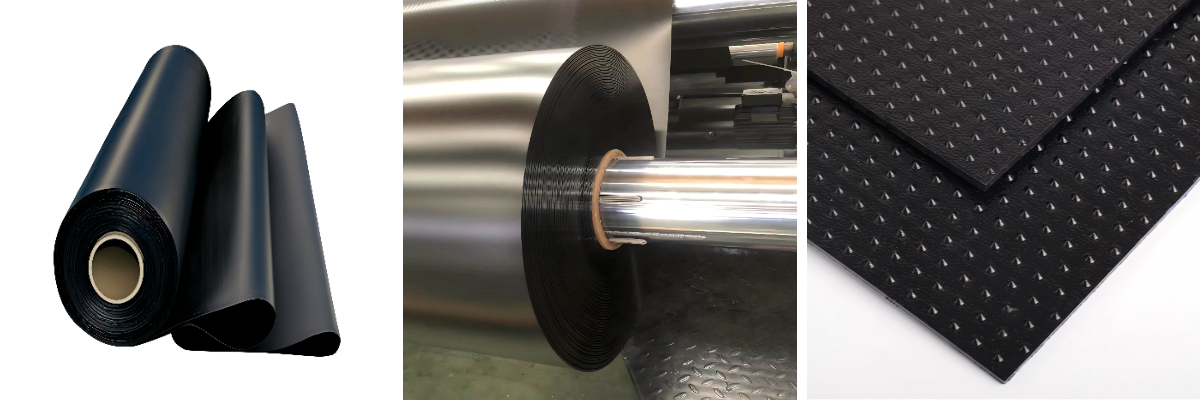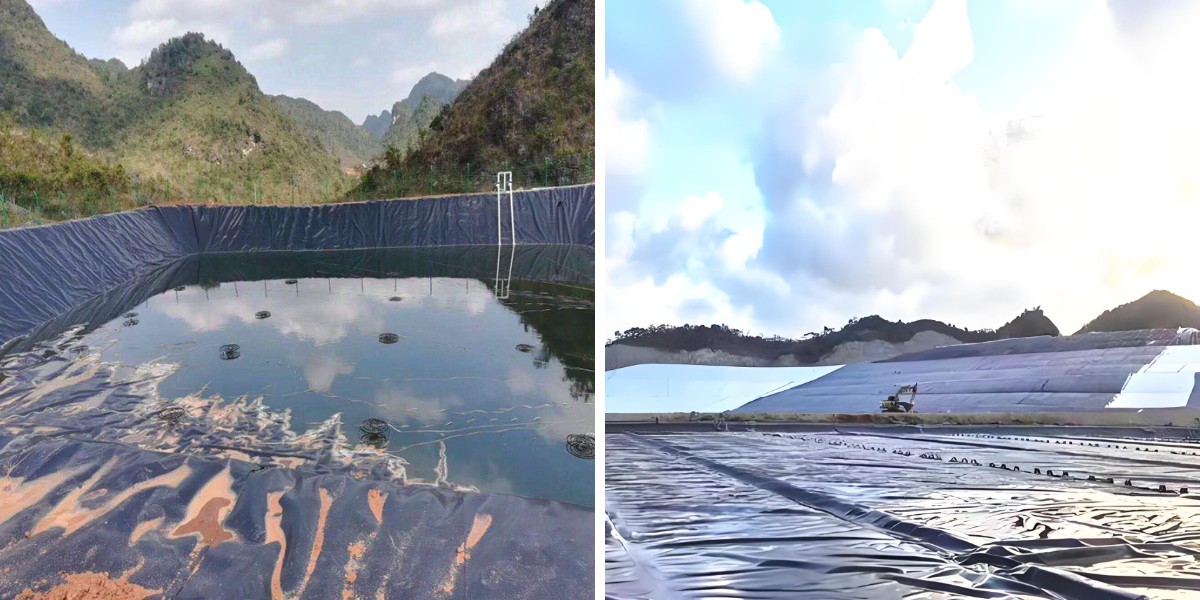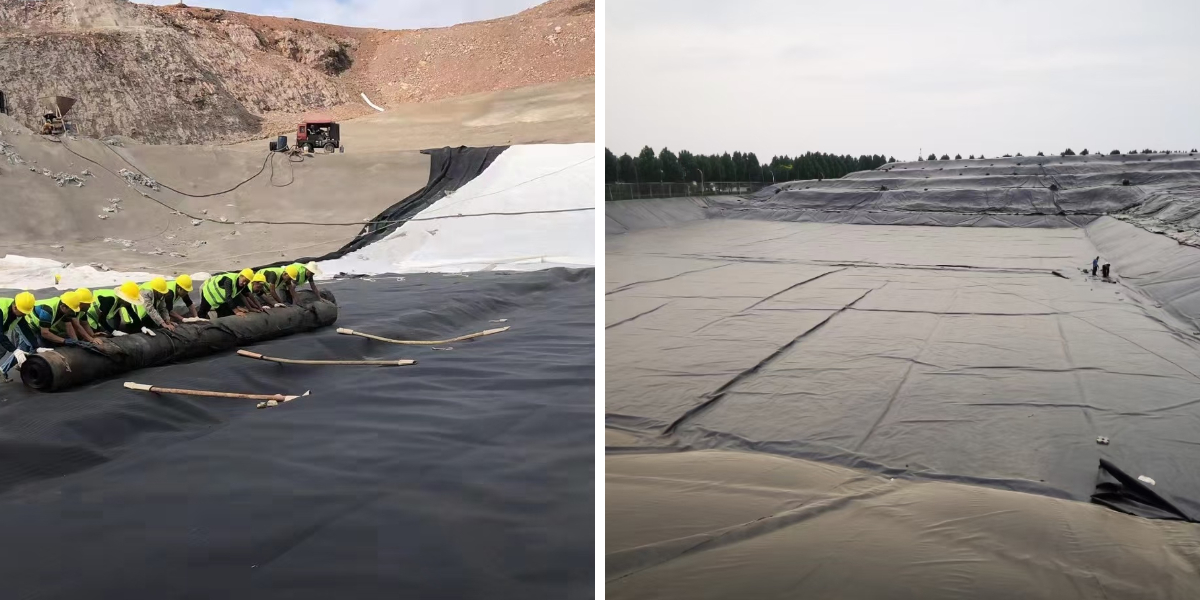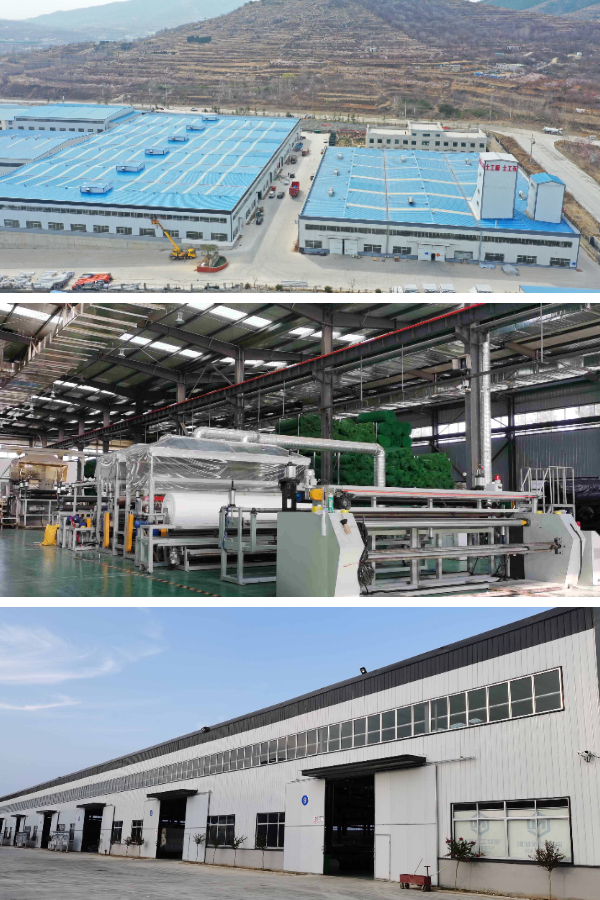HDPE Geomembrane Thickness: Choosing the Right Mil for Your Project
When deciding on hdpe geomembrane for your project—whether it’s a landfill liner, water pond, or industrial containment—thickness is one of the most indispensable choices you’ll make. Thickness at once influences durability, puncture resistance, and even hdpe membrane price, making it integral to select the proper “mil” (the unit used to measure geomembrane thickness) for your unique needs. This information breaks down how to choose hdpe geomembrane thickness, explains what “mil” means, and connects thickness alternatives to mission necessities like website online stipulations and budget. We’ll additionally contact on ukuran geomembrane hdpe (HDPE geomembrane size) considerations, as thickness and measurement frequently work hand-in-hand to make certain challenge success.
First: What Is a “Mil” in HDPE Geomembrane?
Before diving into thickness selection, it’s essential to recognize the unit of measurement. A “mil” is a unit equal to one-thousandth of an inch (0.001 inch). It’s the general way to describe hdpe geomembrane thickness, as it permits for particular size of the thin, bendy sheets. For context, a traditional plastic grocery bag is about 1 mil thick, whilst heavy-duty hdpe geomembrane for industrial use can be 30 mils or more.
When exploring ukuran geomembrane hdpe, thickness is simply one section of the dimension equation—you’ll additionally think about sheet width and length. However, thickness is the predominant element that determines the geomembrane’s energy and performance, so it ought to be your beginning factor earlier than choosing sheet dimensions.
Key Factors That Influence HDPE Geomembrane Thickness Choice
Choosing the proper hdpe geomembrane thickness isn’t a one-size-fits-all decision. It relies upon on 4 essential challenge factors:
1. Site Conditions & Potential Hazards
The most vital component is your site’s environment. If the floor has sharp rocks, roots, or debris, you’ll want a thicker hdpe geomembrane to withstand punctures. For example, a landfill or mining website online with hard subsoil requires a thicker membrane than a smooth, organized backyard pond base. Similarly, slopes or areas with foot visitors or mild tools use demand thicker geomembranes to face up to abrasion and impact.
When evaluating ukuran geomembrane hdpe, reflect onconsideration on how thickness will have interaction with web site access. Thicker membranes are extra rigid, which can also have an effect on set up on tight slopes or irregular terrain—but the brought sturdiness is really worth it for high-hazard sites.
2. Containment Purpose & Fluid Type
What you’re containing matters. For potable water storage (where purity is key), a medium-thickness hdpe geomembrane (15-20 mils) works, as it’s resistant to chemical leaching and punctures. For hazardous waste or industrial chemicals, thicker membranes (25-30 mils) are required to forestall leaks and stand up to chemical exposure. Wastewater remedy ponds, which stability organic exercise and conceivable abrasion, generally use 20-25 mil geomembranes.
3. Project Lifespan Expectations
Thicker hdpe geomembrane lasts longer. If your challenge wants a everlasting answer (e.g., a municipal landfill liner designed for 30+ years), choose for a thicker membrane (25+ mils). For brief initiatives (e.g., a building sediment pond used for 1-2 years), a thinner membrane (10-15 mils) may also suffice—though it’s nevertheless necessary to stability thickness with web site risks to keep away from untimely failure.
4. HDPE Membrane Price & Budget
Thickness without delay impacts hdpe membrane price: thicker geomembranes value greater per rectangular foot. However, deciding on a membrane that’s too skinny to keep cash can lead to luxurious repairs or replacements down the line. It’s higher to make investments in the proper thickness upfront than to threat leaks or damage. When budgeting, additionally think about ukuran geomembrane hdpe—wider sheets limit the wide variety of seams (which are achievable susceptible points) and may also lower set up costs, even if the membrane itself is barely thicker.
Matching HDPE Geomembrane Thickness to Common Project Types
Here’s how to practice these elements to regular projects, with thickness suggestions and notes on ukuran geomembrane hdpe:
1. Residential & Small-Scale Ponds (Water Gardens, Fish Ponds)
For small, low-hazard ponds with clean soil, 10-15 mil hdpe geomembrane is ideal. It’s bendy ample to conform to pond shapes and low priced for residential budgets. When choosing ukuran geomembrane hdpe, select sheets that cowl the pond’s size and width with a 2-3 foot overlap for seams—this reduces set up time and doable leaks.
2. Agricultural Irrigation & Livestock Ponds
Agricultural ponds face average dangers (e.g., animal hoof traffic, occasional tools use). A 15-20 mil hdpe geomembrane balances sturdiness and cost. Look for UV-resistant membranes, as they’ll be uncovered to sunlight. Ukuran geomembrane hdpe have to be sized to cowl the pond plus greater for anchoring alongside the edges to stop shifting.
3. Municipal Wastewater Treatment & Stormwater Ponds
These tasks want durable, long-lasting geomembranes. 20-25 mil hdpe geomembrane is recommended, as it resists organic growth, chemical exposure, and abrasion from sediment. Thicker membranes additionally meet most municipal policies for wastewater containment. When thinking about ukuran geomembrane hdpe, wider sheets (15-20 feet) are favored to limit seams, which require more trying out and maintenance.
4. Landfills, Hazardous Waste Sites, & Industrial Containment
High-hazard websites demand the thickest hdpe geomembrane: 25-30 mils (or extra for severe conditions). These membranes are puncture-resistant, chemical-resistant, and designed for many years of service. Ukuran geomembrane hdpe for these initiatives frequently entails massive rolls (20-30 ft wide) to cowl good sized areas efficiently, and set up requires expert welding to make sure seamless, leak-proof joints.
Common Mistakes to Avoid When Choosing Thickness
Even with cautious planning, it’s handy to make thickness-related errors. Steer clear of these pitfalls:
Choosing Too Thin to Save Money: A 10 mil membrane might also price less, however if it punctures in a rocky landfill, the price to restore leaks or substitute the membrane will some distance exceed the preliminary savings.
Overlooking Site Preparation: Don’t expect a thick membrane can compensate for bad website prep. Even a 30 mil geomembrane can puncture if sharp rocks are left uncovered—always put together the subsoil earlier than installation.
ukuran geomembrane hdpeIgnoring & Seams: Thicker membranes are stiffer, so wider sheets may additionally be tougher to handle—but fewer seams suggest fewer vulnerable points. Balance thickness with sheet width to reduce seams.
Forgetting UV Resistance: Thicker doesn’t continually suggest higher UV protection. Ensure your hdpe geomembrane (regardless of thickness) is handled with UV stabilizers for outside projects.
How to Verify HDPE Geomembrane Thickness Quality
Once you’ve chosen a thickness, make sure you’re getting a superb product. Ask suppliers for certification that the membrane meets enterprise requirements for thickness uniformity—cheap geomembranes may also have inconsistent thickness, main to susceptible spots. Inspect pattern cuts for even layers, and confirm that the membrane’s weight (which correlates to thickness) fits the supplier’s specifications. This due diligence ensures you’re paying a honest hdpe membrane fee for a product that will function as expected.
Conclusion: Thickness = Performance & Peace of Mind
Selecting the proper hdpe geomembrane thickness is a stability of web site conditions, venture purpose, lifespan, and budget. Whether you’re putting in a small outside pond or a giant industrial containment facility, thickness at once affects how nicely the membrane protects towards leaks, punctures, and wear.
By thinking about elements like web site hazards, fluid type, and ukuran geomembrane hdpe, and keeping off frequent mistakes, you’ll pick a thickness that grants long-term overall performance besides overspending on pointless thickness. Remember: the proper hdpe geomembrane thickness isn’t simply a technical choice—it’s an funding in your project’s success and peace of mind.
Contact Us
Company Name: Shandong Chuangwei New Materials Co., LTD
Contact Person :Jaden Sylvan
Contact Number :+86 19305485668
WhatsApp:+86 19305485668
Enterprise Email: cggeosynthetics@gmail.com
Enterprise Address: Entrepreneurship Park, Dayue District, Tai 'an City,
Shandong Province










